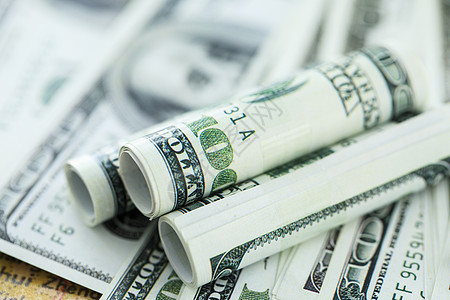The Federal Reserve's 25-basis-point interest rate hike restarts, and the suspense about the future policy path remains.
On July 26, in Eastern Time, the Federal Reserve announced as scheduled that it would raise interest rates by 25 basis points, bringing the target range for the federal funds rate to 5.25%-5.50%. With this move, the Federal Reserve has completed its 11th interest rate hike in this cycle, totaling 525 basis points, and the target range for the federal funds rate has reached the highest level since 2001.

Why did the Federal Reserve decide to resume interest rate hikes in July? Cheng Shi, Chief Economist at ICBC International, analyzed that: firstly, despite a further slowdown in US inflation, the decline in the Consumer Price Index (CPI) in June is attributed to base effects and a drop in energy prices; secondly, the US labor market remains robust, and improvements in commercial and real estate credit and consumer confidence support the Federal Reserve's decision to maintain interest rates at higher levels.
Compared to the monetary policy statement in June, the changes in this rate decision were "minimal." The description of the economic situation changed from "moderate" expansion to "modest" expansion, and it emphasized that "the committee will continue to assess further information and its implications for monetary policy." However, there were no explicit guidelines given regarding future interest rate hike paths.
During the subsequent press conference, Federal Reserve Chairman Jerome Powell left the market with suspense about future interest rate hikes, saying that "the full effects of the rate hikes have not yet manifested, and future actions of the Federal Open Market Committee (FOMC) will depend on the data."
However, Powell has softened his stance on inflation. He stated that if inflation eases reliably, there would be no need to take tightening measures and that interest rate hikes could even be halted before inflation reaches 2%.
The market had already priced in the 25-basis-point interest rate hike. Currently, the focus is on whether this round of interest rate hikes by the Federal Reserve will come to an end.
Analysts generally believe that based on the latest policy statement and Powell's remarks, the Federal Reserve remains cautious and emphasizes that future rate decisions will be "data-dependent," and whether they will continue to raise interest rates later this year is "undecided."
Exchange USD to CAD without service fees, choose Vancouver KAPU Currency exchange.
Ming Ming, Chief Economist at CITIC Securities, stated that US inflation has consistently fallen in line with expectations this year, and there are signs of labor market softening, making the probability of the July rate hike being the last one high. However, he also predicted that if inflation exceeds expectations and the US economy remains resilient, there is a possibility of further interest rate hikes by the Federal Reserve.
There are also views suggesting that the Federal Reserve may replicate the pattern of "skipping one rate hike and then resuming rate hikes." In a research report, Ping An Securities stated that the Federal Reserve retained flexibility in guiding expectations for further rate hikes to maintain a slow pace of tightening and extend the tightening cycle, making skipping the rate hike in September and resuming it in November an option.
China International Capital Corporation (CICC) believes that the Federal Reserve may become more patient with raising interest rates as inflation cools down. Considering that core inflation may continue to decline in the next two months due to the impact of used cars and rental prices, the Federal Reserve may "skip" the rate hike in September. The institution also believes that the risks of higher-than-expected inflation due to the labor market and economic resilience cannot be ignored. With the base effects weakening, inflation may still pick up at the end of the year, indicating a possibility of further interest rate hikes in the fourth quarter.







